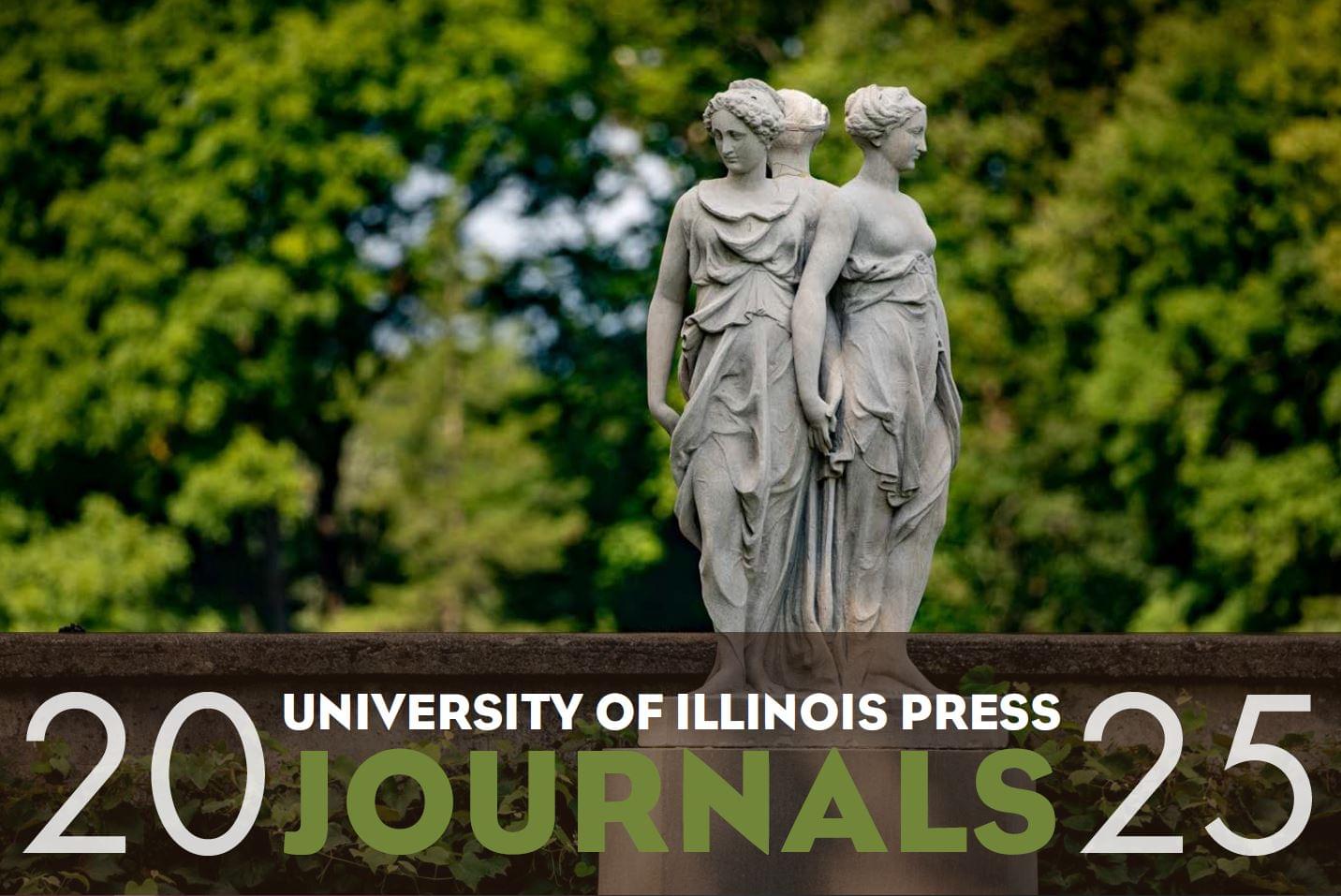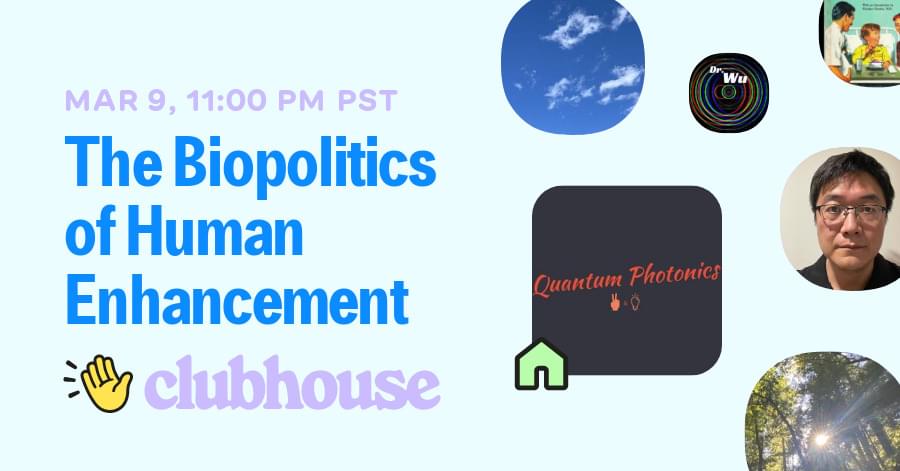At the very beginning of its history, Earth was dry. How did it become a blue planet? A new theory could provide an answer.


Hackers use polymorphic browser extensions to mimic real add-ons, steal credentials, and hijack accounts. Affects Chrome, Edge, Brave, and more.

The U.S. Federal Trade Commission (FTC) said today that Americans lost a record $12.5 billion to fraud last year, a 25% increase over the previous year.
Consumers reported that investment scams resulted in the highest losses, totaling around $5.7 billion with a median loss of over $9,000 and exceeding all other fraud categories. The second largest reported loss was linked with imposter scams, amounting to $2.95 billion in 2024.
Younger people have also reported losing money to fraud more often than people over 70, as 44% of all reports filed last year came from consumers between 20 and 29.


I like 🇨🇳 Engine AI 🤖
Two weeks ago, the robot from EngineAI wowed the crowd with an incredible front flip. Now, it’s evolved once more! The PM01 dashes forward with a superfluid gait, looking every bit as imposing as the Terminator from sci — fi flicks. Its stride, movement pattern, leaps, and raw power are all straight out of a high — tech fantasy. This is the true face of technology! Mechanical aesthetics reach their peak in the PM01. Future — tech isn’t just a dream anymore; it’s unfolding right here, in the real world.@HumanoidRobot @ArtificialIntelligence @AI @EmbodiedIntelligence @EngineAI


Founded in 1918, the University of Illinois Press publishes works of high quality for scholars, students, and the citizens of the State of Illinois and beyond. Headquartered in Champaign, the Press is a unit of the University of Illinois System, serving campuses in Urbana-Champaign, Chicago, and Springfield. With a staff of 35, we publish 43 and about 90 new book titles each year and distribute them worldwide. We partner with scholarly societies, units of our host University, and other organizations in developing, publishing, and fulfilling significant scholarship in the humanities and social sciences. We also regularly offer publishing symposia and workshops to foster up-to-date and accurate understandings of current issues and best practices for scholarly publishing.
